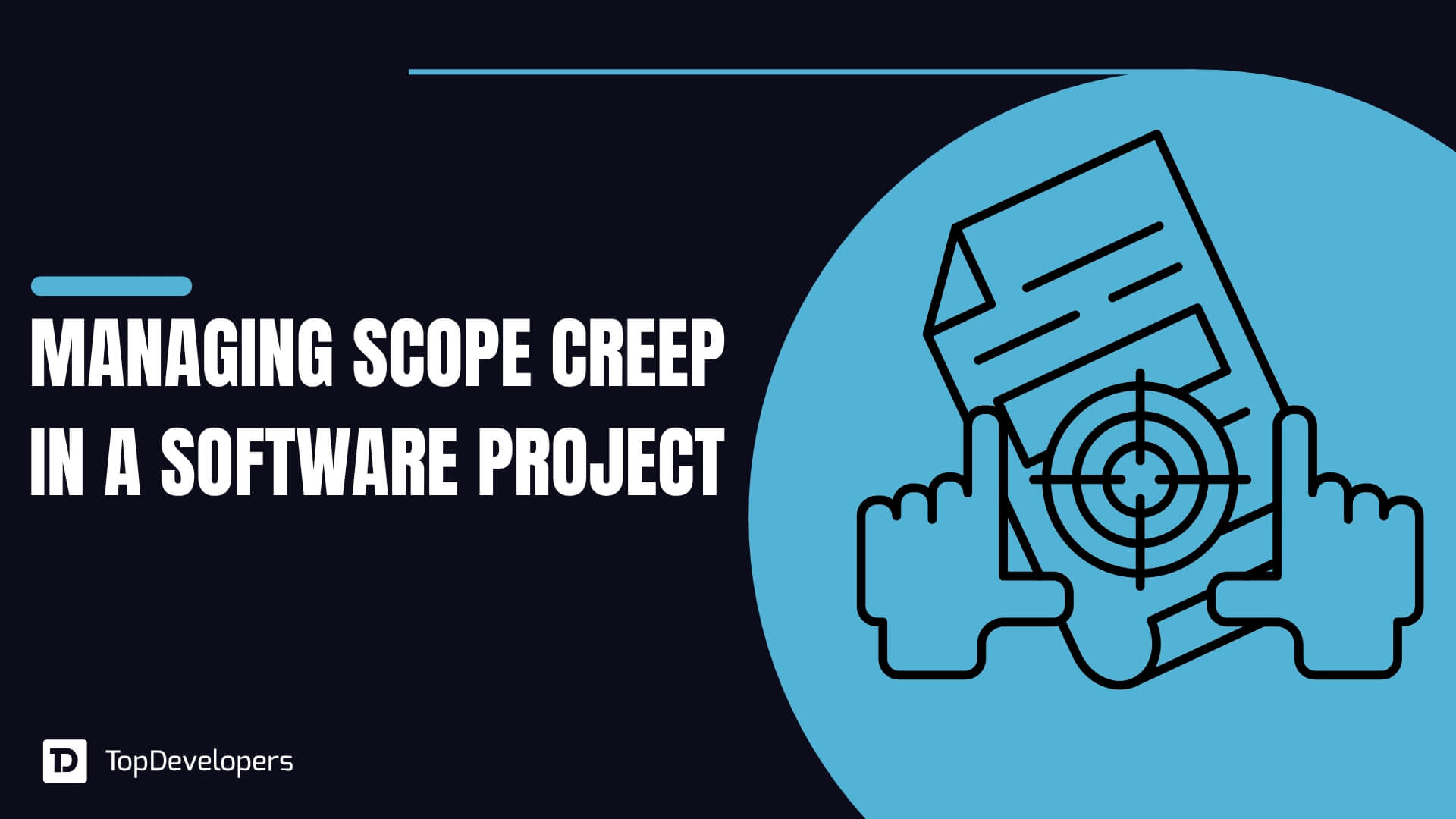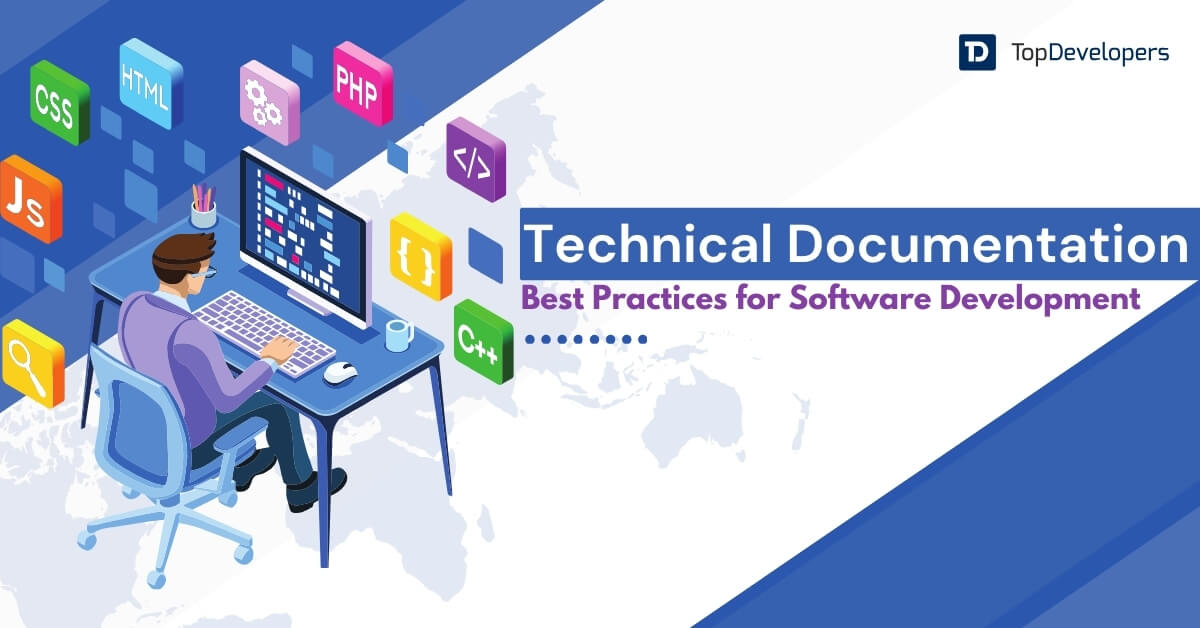
Any start-up likely to turn into a unicorn certainly has three potentials –brilliant ideas, dedicated and talented teams, and a robust technology stack. The first two potentials heavily rely on the third because the previous two sound quixotic without the right enterprise start-up technology stack. So, it won’t be exaggerating to say start-ups’ success mostly depends on the technology stack selected.
6% of start-ups fail due to wrong tech stack selection as it raises tech-related problems such as outdated systems that cause integration issues, poor cyber security that puts users’ data at stake, and more. This statistic is shocking and discouraging for start-ups, but it provides insights into potential pitfalls that need to be avoided and allows start-ups to have a great future. What’s next?
The popular technology stack used by leading brands and is in trend is likely to drive most start-ups with alacrity. Nevertheless, there could be some additions to the pile due to the constant evolution of tools and technologies.
In this blog, we will walk you through an overview of the tech stack, options for the best tech stack, benefits of using the right tech stack, factors to consider for the right tech stack selection and their impact, and examples of leading brands that cherished success with the right tech stack selection.
Table of Contents
What is Tech Stack?
A tech stack showcases the entire set of technologies and services required to develop, deploy, and maintain an application or software. The specific technologies and tools chosen for a technology stack vary widely depending on the project’s requirements, scalability needs, budget, and other preferences that are clearly mentioned in the software development agreement. A typical tech stack is composed of several layers, each serving a specific purpose.
Frontend: This is the user interface (UI) layer that users interact with and includes technologies like HTML, CSS, and JavaScript to create one.
Backend: This layer handles the server-side logic, data storage, and business operations of an application.
Database: Databases store and manage the application’s data. Common databases like MySQL, PostgreSQL, SQL Server, and NoSQL databases.
Server: The server layer hosts the application on physical servers, virtual machines, or in the cloud using services like AWS, Azure, Google Cloud, or Heroku.
Benefits of the appropriate startup technology stack
Software product development is integral to automating, optimizing, and scaling startup business processes. Selecting the right technology stack for software development creates a significant impact on the startup’s success. An appropriate tech stack selection is a strategic decision for a startup that can impact its competitiveness, agility, and long-term success.
Here are the benefits that choosing the right technology stack brings to the startup.
- By selecting technologies that align with the startup’s specific needs, they can avoid overpaying for features or resources that they don’t require.
- An appropriate tech stack can accelerate development, enabling your startup to bring its product or service to market more quickly.
- A well-chosen software development tech stack can scale as your startup grows and can handle increased user demand, add new features, and adapt to changing market conditions.
- Popular technologies often have large communities and extensive support resources that help find answers to questions, access documentation, and leverage third-party libraries and tools.
- Selecting technologies that prioritize security and compliance can help protect your startup’s data and user information.
- A tech stack that integrates with other tools and services that businesses need, such as analytics platforms, CRM systems, or marketing automation tools can streamline operations.
- The long-term viability and support for the chosen technologies help build the startup on a tech stack that won’t become obsolete or unsupported in a few years.
- Apt tech stack selection helps prevent technical risks during the SDLC process, which is well-understood with risk management in software development.
Top Factors to Consider While Choosing a Start-up Technology Stack
The right technology selection is an important decision that must be aligned with the vision, goal, and resources that start-ups should have. It has the power to make or break the digital success of the start-ups. So, start-ups should be cautious about every step they take. Farsighted entrepreneurs are not expected to be swayed away by the hyped or familiar technology tools. Furthermore, choosing an appropriate start-up technology stack should depend on four primary criteria.
Relevance:
The start-up technology stack that meets business objectives by adhering to the company’s vision and mission is relevant. In other words, such a technology stack would suit your business operations. For instance, Python suits better than C/C++ for the web but not for mobile.
Efficiency:
The start-up enterprise technology stack is expected to be stable, highly responsive, and heavy enough to develop a system that can carry many requests. Efficient tools could be costly, but they would prove their cost-effectiveness in the long run.
Flexibility:
Software’s ability to grow and scale decides the start-up enterprise’s overall progress. As the market is volatile and customers’ needs change constantly, scaling up the software solution with the latest technology is one of the criteria to decide the start-up technology stack.
Affordability:
Not all start-up businesses are backed by huge funds. Licensing fees, hosting costs, marketing, and maintenance heavily affect start-ups’ budgets. Relying on affordability while keeping budget in mind is one of the deciding factors in choosing a tech stack for a start-up.
Best Startup Tech Stack Options Available
The best software development tech stack depends on various factors, including the specific needs of the project, the expertise of the development team, the security needs, long-term viability, and the scalability requirements. Here’s the list of some popular and versatile technology stack options that are commonly used by software development companies for startups across different domains:
- Python
- Java
- MEAN Stack
- MERN Stack
- Full Stack
- LAMP Stack
- RoR Stack
- Net Stack
Tech Stacks Used by Popular Companies
Popular companies often use a variety of tech stacks, tailored to their specific needs and the products or services they offer. Tech stacks that evolved with time have helped tech giants to grow and prosper.
Here are some examples of tech stacks used by well-known companies that may help your startup achieve success and growth from the beginning.
Netflix
- Backend: Java, Scala, Node.js
- Frontend: React, JavaScript
- Data Storage: Apache Cassandra, PostgreSQL, and other
databases - Infrastructure: Amazon Web Services (AWS)
- DevOps: Spinnaker, Ribbon, Eureka
- Backend: Hack (a variant of PHP), Python, C++
- Frontend: React, JavaScript
- Data Storage: MySQL, RocksDB, Cassandra
- Infrastructure: Facebook Open Compute Project (OCP)
- DevOps: HHVM, GraphQL
- Backend: Python, Java, C++
- Frontend: Angular, Polymer, JavaScript
- Data Storage: Bigtable, Spanner, BigQuery
- Infrastructure: Google Cloud Platform (GCP)
- DevOps: Borg, Kubernetes, Docker
Amazon
- Backend: Java, Python, Ruby
- Frontend: React, JavaScript
- Data Storage: Amazon DynamoDB, Aurora, Redshift
- Infrastructure: Amazon Web Services (AWS)
- DevOps: AWS Elastic Beanstalk, AWS Lambda
- Backend: Scala, Ruby on Rails, Java
- Frontend: React, JavaScript
- Data Storage: Twitter Manhattan (in-house database), Redis
- Infrastructure: Mesos, Kubernetes
- DevOps: Apache Aurora, Finagle
Uber
- Backend: Python, Go, Node.js
- Frontend: React Native, JavaScript
- Data Storage: PostgreSQL, MySQL, Redis
- Infrastructure: Uber Cloud (based on AWS)
- DevOps: Kubernetes, M3, H3
Airbnb
- Backend: Ruby on Rails, Java, Ruby
- Frontend: React, JavaScript
- Data Storage: MySQL, DynamoDB, Elasticsearch
- Infrastructure: Amazon Web Services (AWS)
- DevOps: Airflow, Superset
Slack
- Backend: Node.js, Go, Python
- Frontend: React, Electron, JavaScript
- Data Storage: MySQL, Cassandra, RocksDB
- Infrastructure: AWS, Google Cloud Platform (GCP)
- DevOps: Jenkins, Docker
- Backend: Java, Node.js, Kafka
- Frontend: Angular, JavaScript
- Data Storage: Apache Kafka, Voldemort, LinkedIn’s own NoSQL solutions
- Infrastructure: LinkedIn’s data centers
- Backend: Python, Java, C++
- Frontend: React, JavaScript
- Data Storage: MySQL, Redis, HBase
- Infrastructure: Amazon Web Services (AWS)
- DevOps: Kubernetes, Puppet
Frequently Asked Questions About Startup Technology Stack:
What is a startup technology stack?
A startup technology stack is a combination of technologies, languages, frameworks, and APIs that the dedicated software development team uses for building projects for startups.
What tech stack are startups using?
Startups are using a technology stack that helps them realize digital success and enhance user experience. The popular tech stack includes- LAMP, MEAN, MERN, Java, Python, Flutter, and Django.
What should be included in a tech stack?
The tech stack includes all the programming languages, client-side tools, server-side tools, frameworks, databases, and APIs.
Which stack is in demand 2024-2025?
Saying proactively about tech stack that will remain in demand in 2024-2025 is implausible because of volatile market conditions and technology trends. However, as per the latest trends, MERN, MEAN, and LAMDA are expected to be in demand.
 Derek Cohen
| Jan 10, 2024
Derek Cohen
| Jan 10, 2024
Analyzing business activities and data to formulate the best business development ideas is where I earn appreciations and remunerations. I’m an ardent reader, business adviser, gadget aficionado and an amateur yet an avid writer. My urge for innovative writing evokes every time I come across new gadgets, neo technology and novel technical events.


